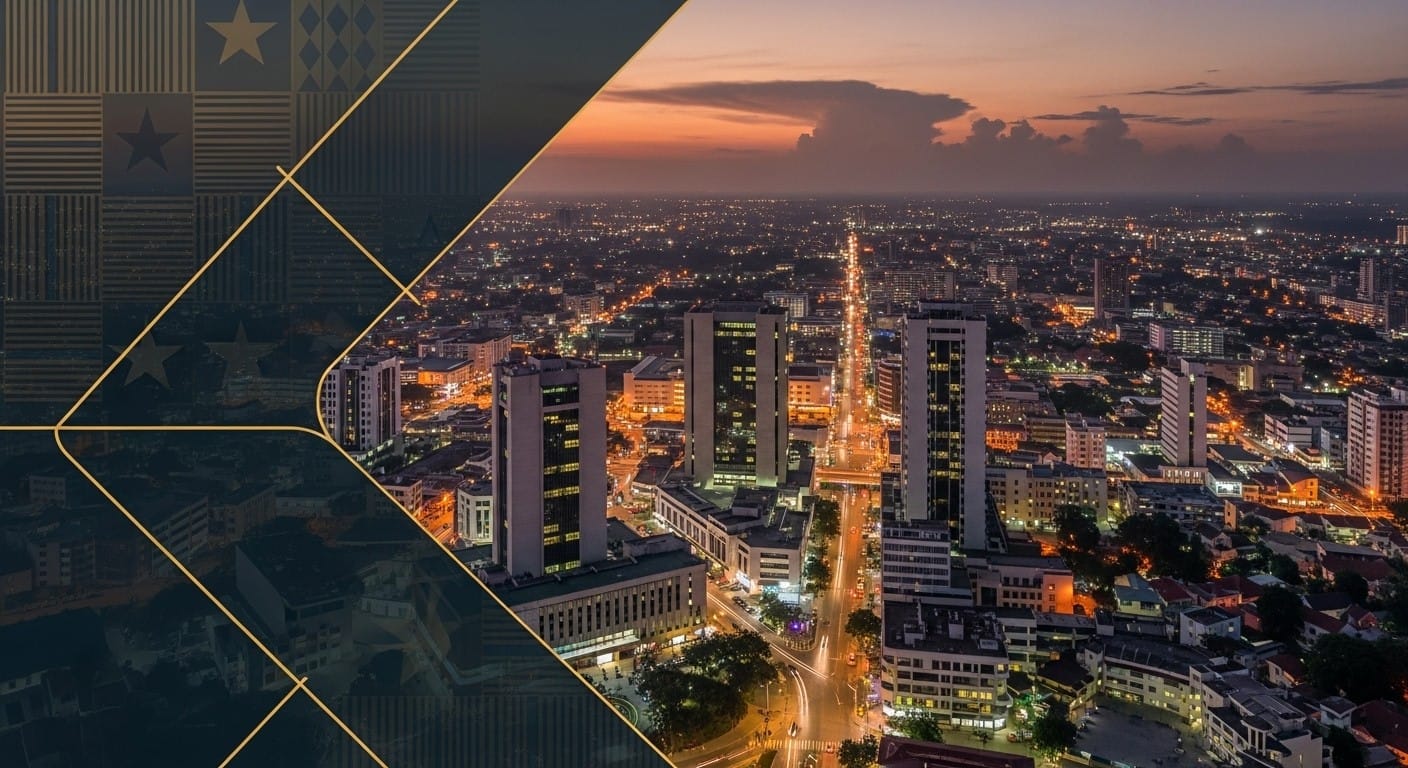Alvar Aalto Quotes on Architecture Gtzg
We should concentrate our work not only to a separated housing problem but housing involved in our daily work and all the other functions of the city.
Imagine a city where every element is intertwined, where the place you call home is not just a standalone structure but a part of a larger, living, breathing organism. This is the vision encapsulated in the quote, which speaks to the essence of integrated urban planning and the profound impact it can have on our daily lives. It’s about creating spaces that serve multiple purposes, where the boundaries between living, working, and playing are blurred, fostering a sense of community and belonging. This concept isn’t just about architecture or urban design; it’s a philosophy that can be applied to various aspects of life and personal growth.
Integrating Aspects of Life
Just as a well-designed city integrates housing, work, and other functions, we can strive to integrate the various aspects of our lives to create a more harmonious existence. This means recognizing that our personal development, work, relationships, and leisure are not isolated parts but interconnected pieces of a larger puzzle. When we begin to see the connections between these areas, we can work more efficiently, live more fully, and contribute more significantly to our communities.
Creating a Balanced Life
Balance is key in architecture and life. Just as a building requires a solid foundation and balanced design to stand tall, our lives require a balance of work, rest, and play to thrive. By integrating these elements, we can create a more productive and fulfilling life. This doesn’t mean that every moment of our day needs to be scheduled or that every activity must serve multiple purposes. Instead, it’s about recognizing the value in each aspect of our lives and finding ways to let them complement each other.
Productivity and Environment
The environment we create for ourselves can significantly impact our productivity and well-being. Just as the quote suggests that housing should be involved in our daily work and city functions, our personal environments should be designed to support our goals and activities. This might mean creating a workspace that inspires creativity, a home that provides comfort and relaxation, or a community space that encourages connection and collaboration.
Community and Connection
One of the most powerful aspects of integrating housing with work and city functions is the sense of community it fosters. When we live in close proximity to where we work and play, we’re more likely to form meaningful connections with those around us. This sense of community can be a powerful motivator, providing support and inspiration when we need it most. In our personal lives, fostering a sense of community with friends, family, and colleagues can provide a similar source of motivation and strength.
Continuous Improvement
Just as a city is never truly finished—always evolving, changing, and improving—we too should adopt a mindset of continuous improvement. By integrating our work, living spaces, and leisure activities, we can create a feedback loop that helps us grow and adapt. We can learn from our experiences in one area and apply those lessons to others, leading to a more dynamic and fulfilling life.
Practical Steps for Integration
- Reflect on Your Values: Understand what is important to you in life. Is it family, work, health, education, or community? Recognizing your values will help you prioritize and integrate these aspects into your daily routine.
- Design Your Space: Whether it’s your home or workspace, design it in a way that reflects and supports your goals. If you value fitness, create a space for exercise. If you value learning, set up a reading nook.
- Combine Activities: Look for ways to combine activities that serve multiple purposes. For example, a family meal can be a time for nourishment, education, and bonding.
- Build a Supportive Community: Surround yourself with people who share your values and support your goals. This community will be your foundation as you work to integrate the various aspects of your life.
- Embrace Flexibility: Life is unpredictable. Be willing to adapt your plans and integrate new elements as necessary. Flexibility is key to maintaining balance and harmony.
By taking these practical steps, we can begin to integrate the various aspects of our lives, much like the integrated cityscape described in the quote. This integration can lead to a more balanced, productive, and fulfilling life.
Conclusion
The quote we started with is more than just a call for architectural integration; it’s a metaphor for life. By looking at our lives as a city—where housing, work, and leisure are interconnected—we can begin to create a more cohesive and satisfying existence. We can build a life where our daily activities support and enhance each other, leading to a greater sense of purpose and fulfillment. This is the power of integration, and it’s a concept that can transform not only the cities we live in but the very way we approach life.
FAQs about Integrated Living
- What does integrated living mean?
Integrated living refers to the concept of blending different aspects of life—such as work, home, and leisure—so that they complement and enhance each other, leading to a more balanced and fulfilling lifestyle.
- How can I design my space to support integrated living?
Design your space by considering your goals and values. Create areas that inspire productivity, relaxation, and creativity, and ensure that your environment reflects the different aspects of your life you want to integrate.
- Why is community important in integrated living?
Community provides a support system, a sense of belonging, and opportunities for collaboration. It can motivate and inspire individuals to achieve their goals and contribute to a more cohesive living environment.
- Can integrated living improve productivity?
Yes, integrated living can improve productivity by creating environments and routines that reduce the need to compartmentalize different activities, thereby saving time and energy and increasing focus and efficiency.
- How can I balance work and personal life in an integrated living approach?
Balance work and personal life by setting clear boundaries, prioritizing your tasks, and finding ways to combine activities that serve both personal and professional purposes. Flexibility and reflection on your values are also important.
- What are some challenges of integrated living?
Challenges may include managing distractions, maintaining boundaries between different life aspects, and the potential for overcommitment. It’s important to stay mindful and adaptable to address these challenges.
- How does integrated living relate to urban planning?
Integrated living is similar to urban planning in that it involves creating spaces and environments that serve multiple functions and foster community, connectivity, and efficiency.
- Is integrated living suitable for everyone?
While integrated living has many benefits, it may not be suitable for everyone. Individual preferences, lifestyles, and circumstances can determine whether this approach is practical and beneficial.
- How can I start integrating different aspects of my life?
Start by reflecting on your values and goals, then look for ways to align your daily activities with these priorities. Begin with small changes and gradually work towards a more integrated lifestyle.
- Can integrated living help with stress management?
Yes, integrated living can help manage stress by reducing the fragmentation of activities, creating a more seamless flow between tasks, and fostering a supportive community that can provide assistance and encouragement.










